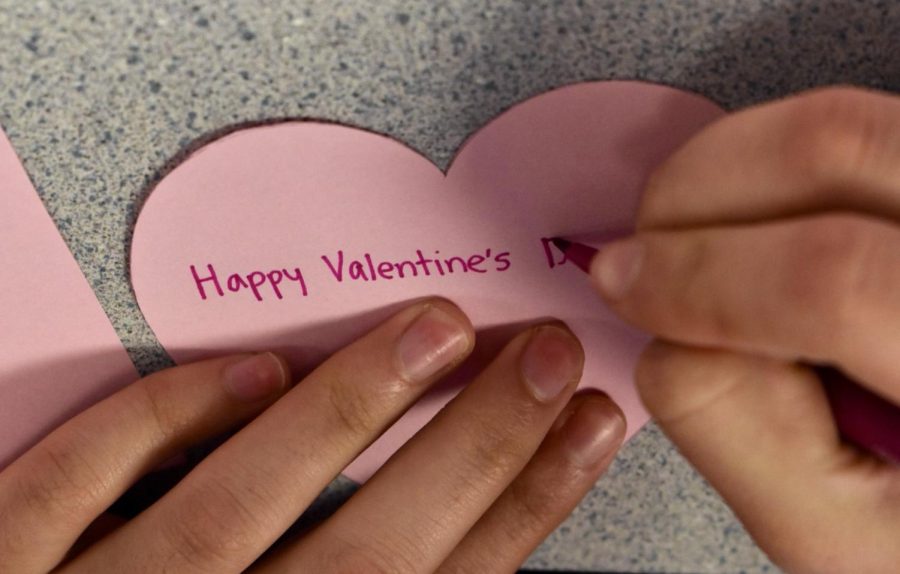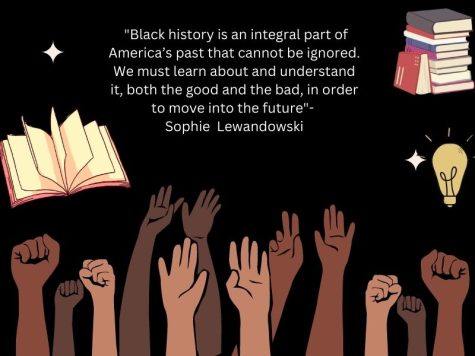Love Letter to the Little Things: Handwriting
Dear Handwriting,
You reveal a person’s essence all in one little tilt of the hand, and connect people to the billions of others who have written before them. And for that, I’m writing you this love letter.
Valentine’s day is a time full of all things lovey-dovey: sappy music, cheesy rom coms, decadent chocolate, and instagram story posts covered in hearts. Grocery store aisles overflow with red and pink gifties, all jockeying to be the gift for the one.
I’m not against these things. I actually enjoy many of them. It’s kind of a hallmark holiday, so why not let people just find meaning in their own way?
This column is named after one essential form of affection from the past: love letters. And a key element of those letters? Handwriting.
Period dramas portray handwriting as an intricate script that dances across the page, expressing the writer’s deepest musings. As someone who has the handwriting of a 5th grader (despite many attempts at improving it), this portrayal is somewhat alienating. But handwriting still holds value, even if it’s not up to the standards of letters in the time of Bridgerton.
First, handwriting holds pure entertainment value. Many have enjoyed a good laugh over illegible homework or when someone’s handwriting contrasts ironically with their personality. It can serve as one example that people aren’t always what they seem, and personalities are multi-faceted.
Second, someone taught you how to write, and despite their best efforts, your handwriting is not perfectly uniform. Because no one’s handwriting is. We all practiced the perfect bend of the e or swirl of the s. But my e’s are still backwards, and my best friend draws their 8s as two separate circles stacked on top of each other. Through handwriting, quirks are on full display, even though we were all supposed to write within the lines.
I really enjoy a trend on Tiktok right now involving women connecting to women at other points in history through things such as tying their hair up the same way women have done for millennia, or wearing the same kind of piercings their ancestors wore. Similarly, everytime you pick up a writing utensil to make a to-do list, your movements are echoed by billions of people across space and time. But no pressure.
Of course, handwriting also carries large amounts of sentimental value, especially in today’s hyper-digital age. I collect and keep almost any handwritten thing I receive—birthday cards, notes passed in 6th grade science class, letters from my cousin. My favorite is a note my dad wrote me in first grade. I carry it in my wallet. It’s the physical imprint of where one of my loved ones touched a piece of paper. People often think about handwritten things holding value only when the person who wrote it is gone. But I would argue that they have inherent value any time. Someone wanted to say something to you, they wrote it down, and now you can hold their desire to connect with you as a tangible thing.
I also love the fact that handwriting is impressively difficult to change. It’s deeply ingrained in our memories, sitting even deeper than core memories of your first birthday and favorite pokemon from elementary school. A study published by the Dana Foundation states that “Handwriting starts out as a chain of isolated motor movements, but is radically altered with practice, and converted into a ‘kinetic melody’ no longer requiring the memorizing of the visual form of each letter or the motor impulse for making every stroke.” Handwriting can be shifted somewhat, but that requires a large effort. Even after traumatic events, the core of the writing remains unchanged (as seen in the ‘Illnesses and Fine Motor Control’ section of the linked article). Handwriting paints a portrait of the person who wrote it – a portrait that remains nearly unchanged after decades of personal evolution. While that’s bad news for those with shaky handwriting, it is very poetic.
People have been writing for millenia. One of the first written scripts was developed in 700 C.E in Rome, and used mainly for transactions and bookkeeping. The Greek and Latin alphabets can be traced back around 3,000 years. That’s approximately 150 generations ago. Everytime you write something, you are taking the same movements your ancestors used and bending them into an entirely personal variation.
English speakers take the same set of 26 characters and translate them into their own personal language. Whether the handwriting is slanted as far as Michael Jackson’s famous 45-degree tilt, or as neat as Monica Geller from Friends, it forms something achingly personal and revealing.
While your hand may cramp during a timed writing prompt or get smudged by your math homework, ultimately, that paper holds more value than it did before just by you having touched it. So consider handwriting something for someone you love this Valentine’s Day; I guarantee you it holds value, even if it’s not sparkly and covered in hearts.
Your donation will support the student journalists of Centaurus High School. Your contribution will allow us to purchase equipment and cover our annual website hosting costs.

Shira Nathan (aka Ira) (they/them) is one of the Editors-in-Chief of The Warrior Scroll and a senior at Centaurus. This is their fourth year and final...














